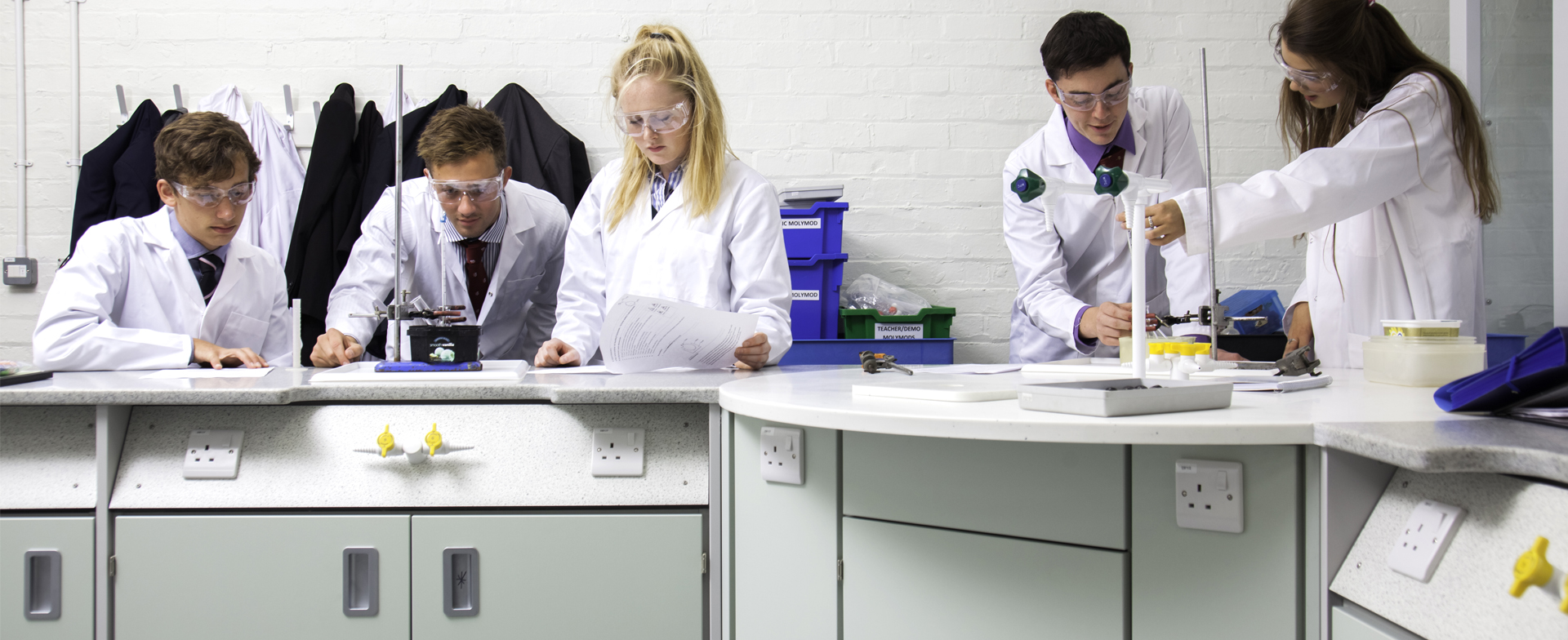STEM subjects on the rise in UK secondary schools
There has been a big rise in the number of secondary school students opting to study STEM subjects; according to government figures, the past year has seen an increase of 78,000. More students than ever are studying maths, science, design and engineering.
Students know that STEM subjects are a great choice for their future careers, so the pressure is on secondary schools to provide learning spaces which excel at STEM.
Let’s take a closer look at the figures
The Joint Council for Qualifications revealed that 24,827 extra students have completed GCSEs in maths, as well as increased numbers for science (20,523), computer science (18,641) and engineering (1,882).
As well as the increase in numbers studying STEM subjects, more students than ever are receiving A*-C grades in maths. Since 2010, the number of students achieving A*-C grades in maths has grown from 58.4% to 65.4% according to The Guardian.
Education secretary, Nicky Morgan, said: “Thanks to our reforms focused on extending opportunity, a generation of young people from all backgrounds are now securing the GCSEs that help give them the widest range of options later in life — whether looking for a rewarding job or a top apprenticeship.”
However, engineering, technology and science also have the most scope for improvement at GCSE. These were the three overall subjects with the lowest percentage of A*-A passes with only 6% achieving these grades in engineering – closely followed by technology and science (both 7%). Compared with subjects such as modern languages which achieved over an A*-A pass rate of more than 60% — there is clearly room for secondary schools to improve performance in STEM subjects.

How can classroom design impact STEM?
We know that the physical landscape of classrooms can have a significant impact on student productivity and engagement.
As an example, let’s examine three key ways that science laboratories can be transformed to maximise engagement:
- Flexible layout: a flexible layout ensures that classrooms suit different teaching styles, and provide an easier transition between practical and theory-based learning.
- The teacher: re-positioning the teacher’s desk and whiteboard so that all students have a clear line of sight has a significant impact on student engagement.
- Space to move: the teacher should be able to move around their classroom easily, to maximise student participation.

As interviews with pupils at Shireland Collegiate Academy and Vision West Nottinghamshire College prove, classroom re-design works. A pupil at Shireland explains, “[The re-designed science laboratories] make it really easy to carry out practical experiments because the tables are well-positioned and that means there’s a lot of space to walk around”. While a student at Vision West, “The main impact the new lab has had on my learning is the improvement to my grades. It has made it easier to simply learn, making me work to a higher standard. Having a nice, clean classroom has raised my grades by a whole level.”


